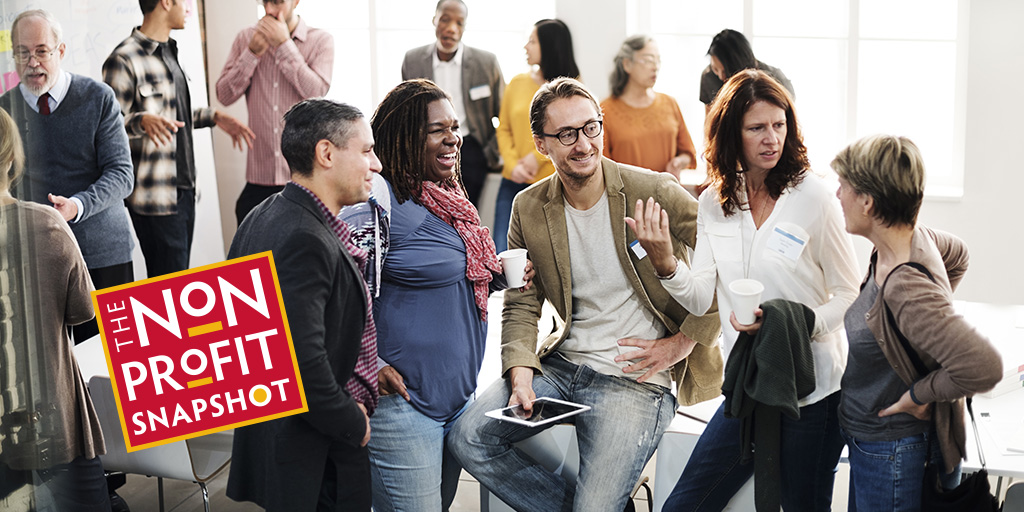The Nonprofit Snapshot
- Contact Us to schedule your Snapshot.
- We’ll schedule a series of short interviews with three key personnel.
- After conducting the interviews and reviewing a few critical documents, we’ll generate and deliver your Nonprofit Snapshot.
As the 2025 Trump administration continues to wreak havoc, a wave of firings and reassignments among federal employees has sparked concern across sectors. These changes are particularly aimed at civil servants and experts perceived to be out of alignment with the administration’s goals. In response, nonprofits have a vital opportunity to step up in support of affected workers—offering legal aid, employment assistance, mental health services, and more.
This moment calls for a united and strategic effort. Here are key ways nonprofits can assist federal employees facing job loss or retribution.

Across the nonprofit sector, many organizations are increasingly recognizing that diversity, equity, inclusion, and accessibility (DEIA) are not optional ideals—they are mission-critical components of effective leadership and governance. Despite this growing awareness, most nonprofit boards remain racially and socio-economically homogenous. According toBoardSource, 90% of board chairs and 84% of board members are white, and representation of other marginalized communities remains minimal. This stark reality raises a critical question: How can nonprofits claim to serve diverse communities if those communities are not reflected in decision-making spaces? Building inclusive boards is not a one-size-fits-all process, but it is an essential one. Here’s what nonprofits need to know to begin the journey toward equity-centered governance.

In the nonprofit sector, leadership is not merely about maintaining operations—it’s about casting vision, cultivating people, and driving impact. Yet, nonprofit professionals often place their own development on the back burner in favor of the immediate needs of their organizations. While this may seem necessary in the moment, the long-term success of a mission-driven organization depends heavily on the strength, growth, and resilience of its leaders.
If you’re serving in a leadership role—or aspiring to one—prioritizing your professional development is not optional. It is essential. The rewards of investing in yourself ripple outward, strengthening your organization and preparing you for greater challenges and opportunities. Here's how to begin:

Advocacy is a vital tool for nonprofits, but keeping supporters engaged can be challenging. One innovative approach to boost participation and enthusiasm isgamification—the use of game elements like points, challenges, and rewards to encourage advocacy actions. By making advocacyinteractive, competitive, and fun, nonprofits can increase supporter engagement and amplify their impact. Here’s how to get started.
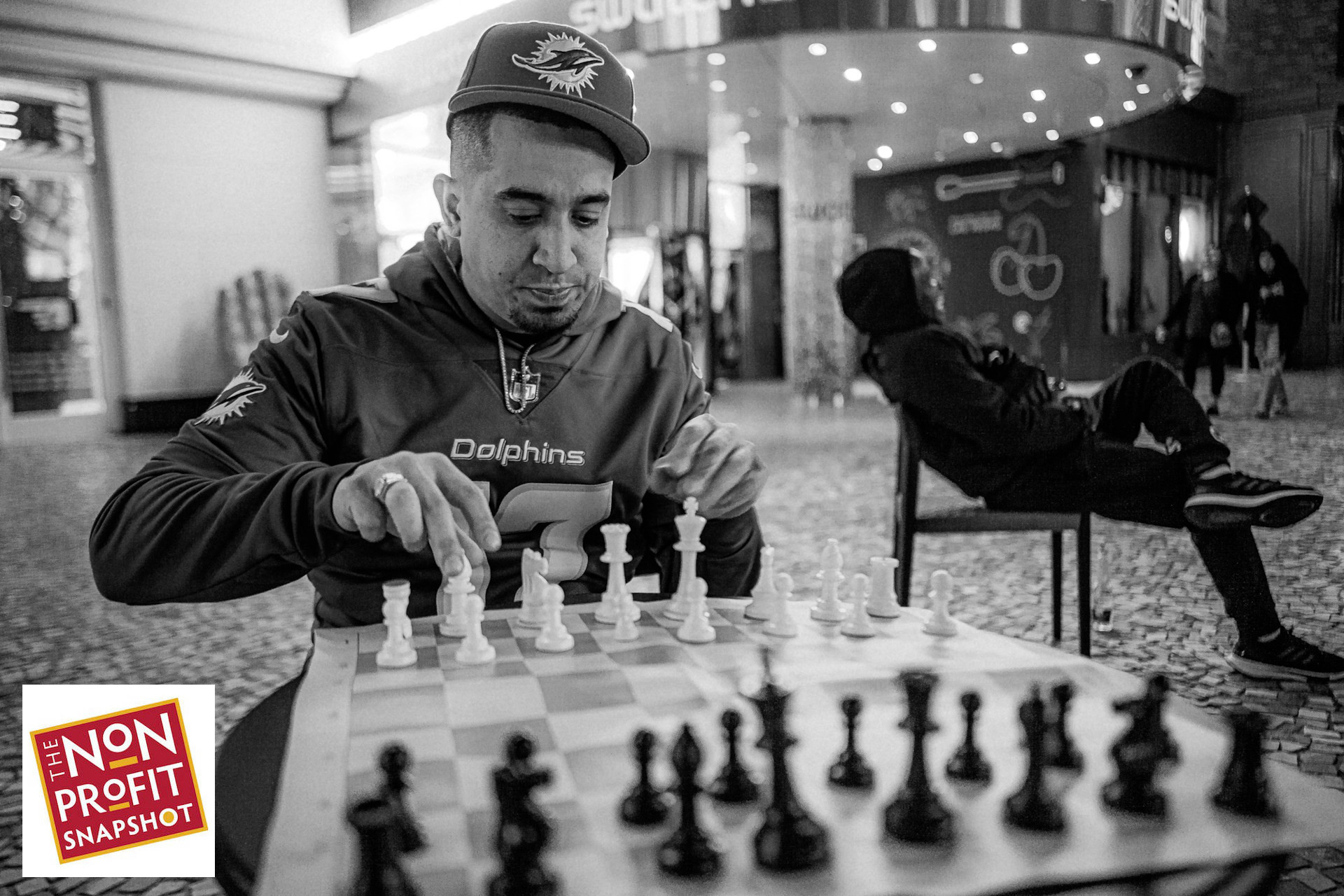
Advocacy is a crucial part of the nonprofit sector, allowing organizations to raise awareness, influence policy, and drive social change. However, 501(c)(3) nonprofits must navigate strict legal boundaries to maintain their tax-exempt status while effectively advocating for their causes. Understanding these rules is essential to ensuring compliance and avoiding penalties.
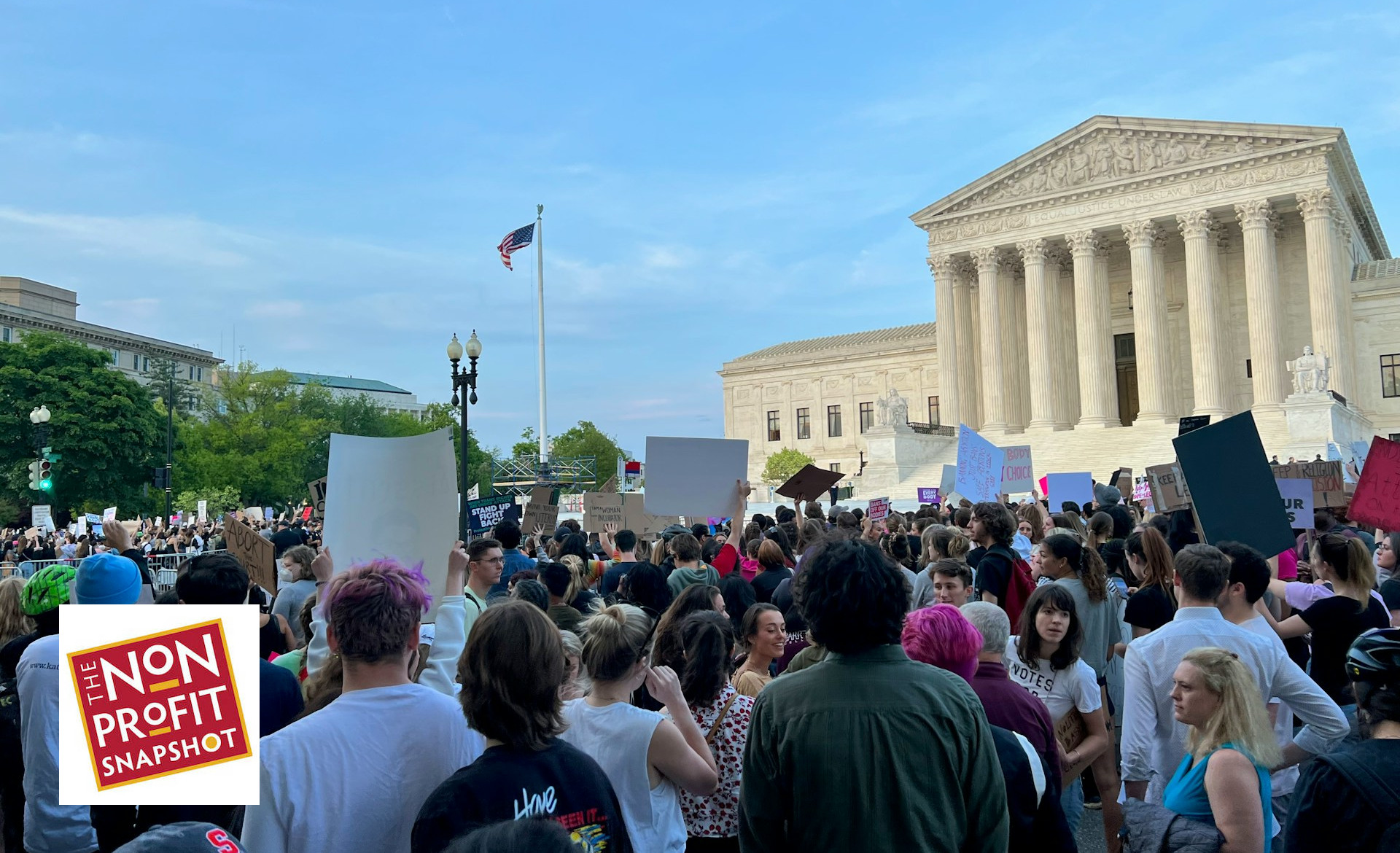
Protests have long been a powerful tool for social change, allowing nonprofits to advocate for their causes and amplify their voices. However, organizing a protest requires careful planning to ensure it remains both effective and compliant with legal regulations. Here’s a guide to help nonprofit organizations safely and legally organize a protest.

When planning an individual giving appeal, nonprofit fundraisers often ask:Should the appeal be fully integrated into our other charity communications, or should it stand out as a distinct campaign? Striking the right balance can be the difference between a compelling, high-performing appeal and one that gets lost in the mix.
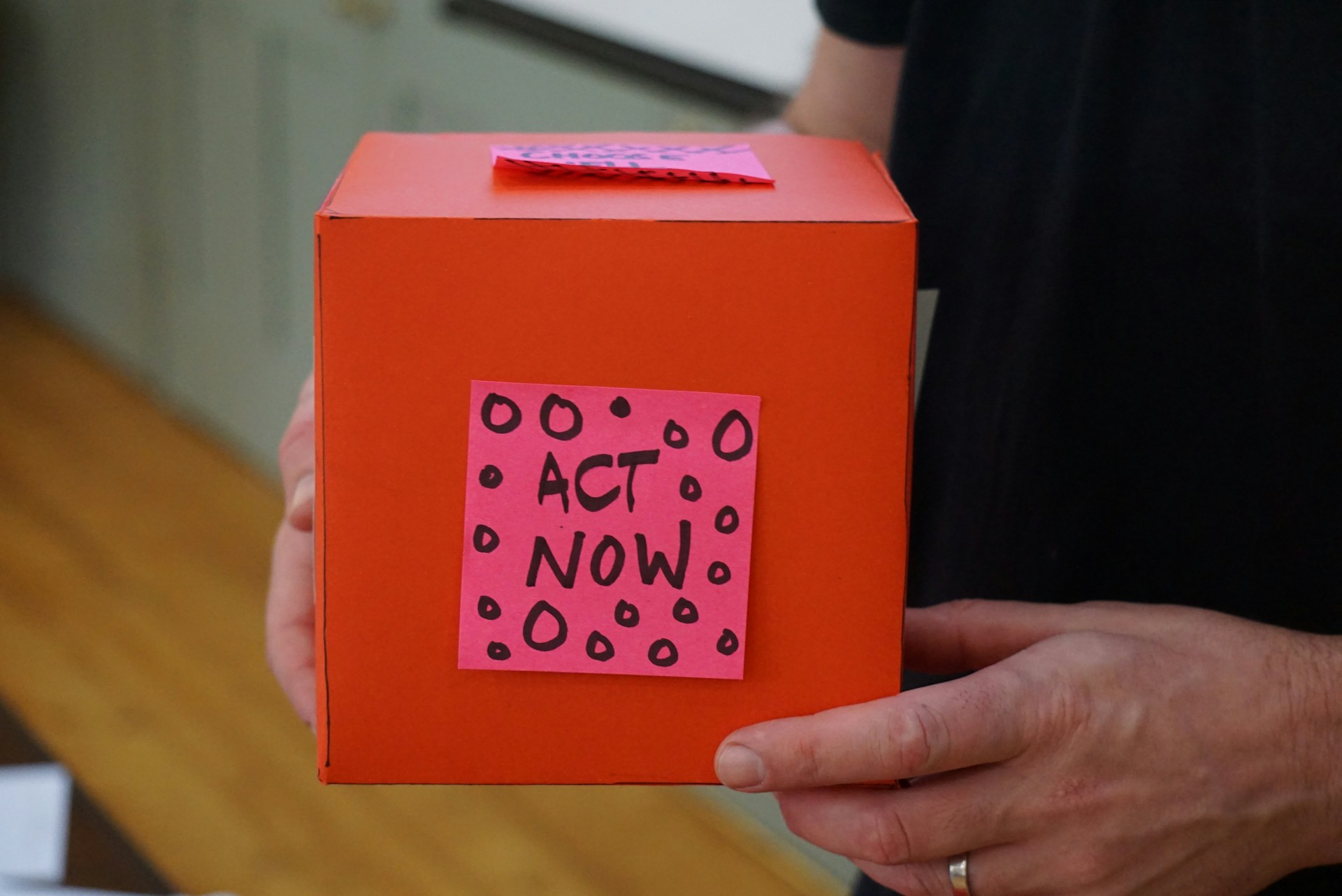
Government grants have long been a critical source of funding for nonprofits, helping organizations sustain their programs and expand their impact. However, grants can be unpredictable, and changes in government policies or budget cuts can leave nonprofits vulnerable. If government grants were to disappear, how can nonprofits ensure their survival? The answer lies in diversification, strategic planning, and community engagement. Here’s how nonprofits can adapt and thrive even in the absence of government funding.
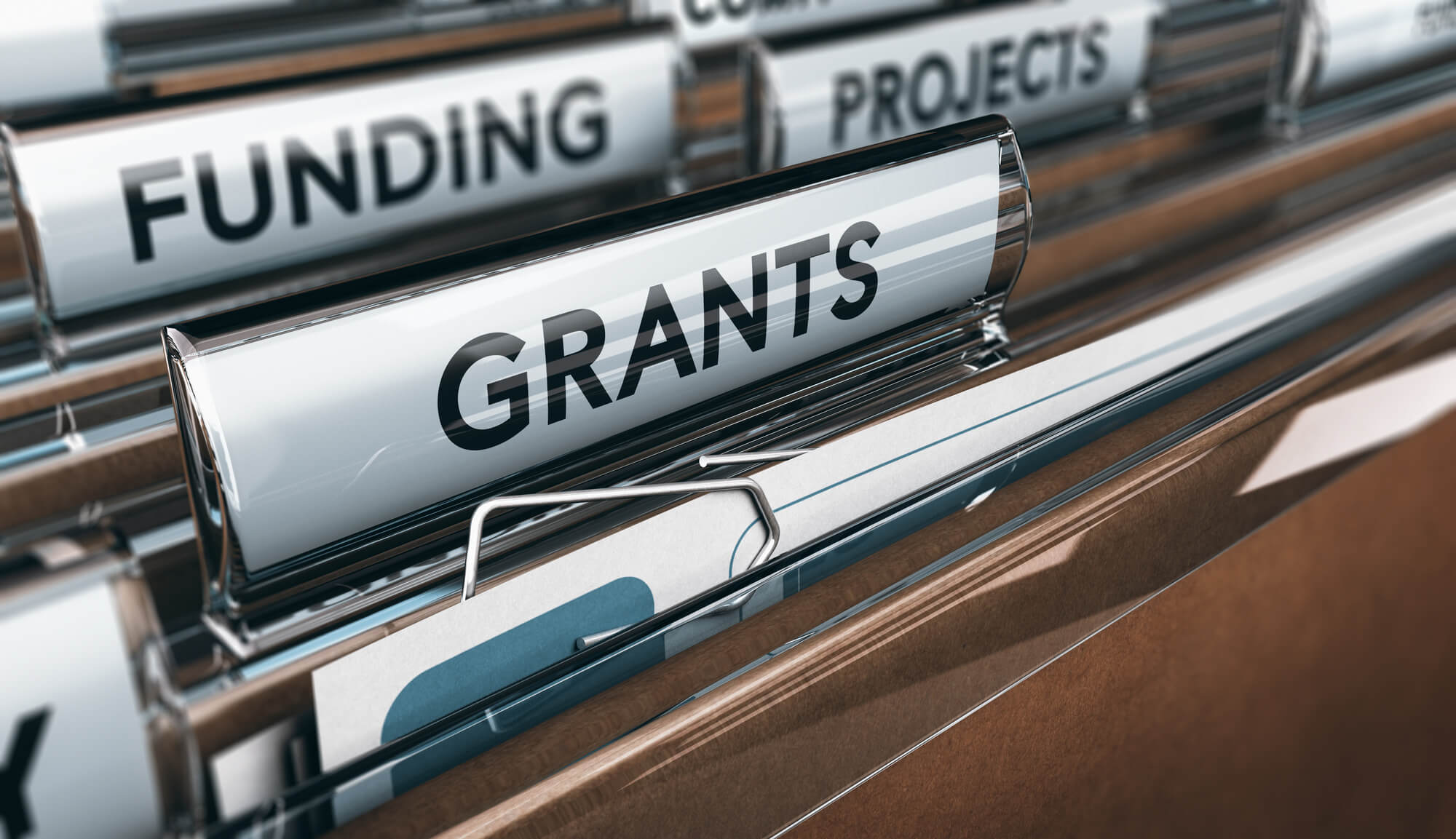
Advocacy is a powerful tool for driving change, and as we explored in our previous blog on advocacy strategies, there are many ways nonprofits can champion their causes effectively. But advocacy isn’t just about individual efforts—it thrives on collective action. A strong community of advocates can amplify your message, mobilize supporters, and create lasting impact.

These guides were prepared for those who are looking for a way to make a difference quickly and effectively. This blog points you to the following guides:
- Effective Advocacy Strategies
- Advocacy Through Donor and Volunteer Management
- Effectively Engaging in Advocacy Conversations
- Contacting Your Congressional Representatives

Creating a strong community around your nonprofit’s cause is essential for long-term impact and sustainability. A dedicated community can amplify your message, increase donor engagement, and foster a sense of belonging among supporters. But how do you build and nurture a thriving community? Here’s a guide to creating lasting connections around your mission.
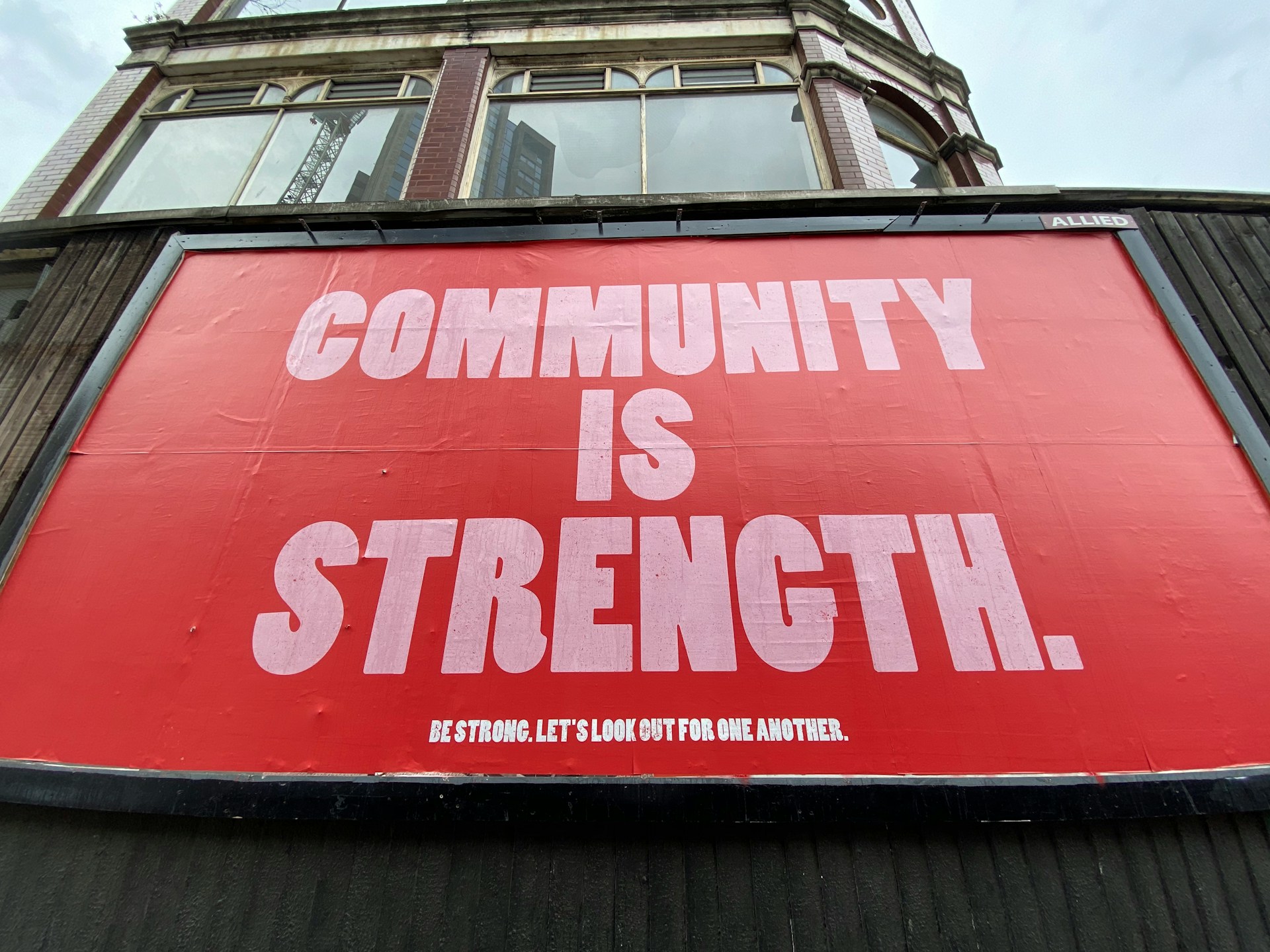
Since his inauguration, President Trump has signed numerous executive orders impacting charitable nonprofits, both directly and indirectly. While some of these orders may face legal challenges and delays in implementation, their potential consequences for the communities we serve are significant. Nonprofits must be prepared to respond, adapt, and advocate like never before.

In the nonprofit sector, staff members are often driven by passion for a cause and a desire to make a difference in their communities. However, the challenges of limited resources, high workloads, and ever-changing landscapes can leave even the most dedicated employees feeling stretched thin. This is where professional development becomes a critical investment. By equipping nonprofit staff with the skills, knowledge, and confidence they need to succeed, organizations can foster a more engaged, effective, and resilient workforce.

Nonprofits exist to address pressing social, environmental, and economic challenges. But these challenges are often too large for any one organization to tackle alone. That’s where partnerships come in. By collaborating with other nonprofits, businesses, and government entities, organizations can pool resources, expand their reach, and amplify their impact. Strategic partnerships not only drive success but also ensure long-term sustainability in achieving shared goals. Here’s how nonprofits can effectively build and leverage partnerships to thrive in a collaborative ecosystem.

In the bustling world of nonprofit organizations, standing out amidst the noise is crucial to making an impact. While statistics and data hold significant weight in proving the effectiveness of a nonprofit’s work, it’s storytelling that captures hearts, ignites emotions, and inspires action. A well-told story can humanize your mission, deepen donor connections, and transform casual supporters into lifelong advocates. Here’s how nonprofits can harness the power of storytelling to showcase their impact and connect with donors on a profound level.

Nonprofit boards are the backbone of any organization, providing leadership, oversight, and support to ensure mission success. However, many nonprofits face challenges in board engagement, governance effectiveness, and fostering diversity in leadership. Strengthening your board is not just about filling seats—it’s about cultivating a team that is engaged, effective, and aligned with your organization’s goals. Here are some best practices to help nonprofits build stronger boards and address common governance challenges.
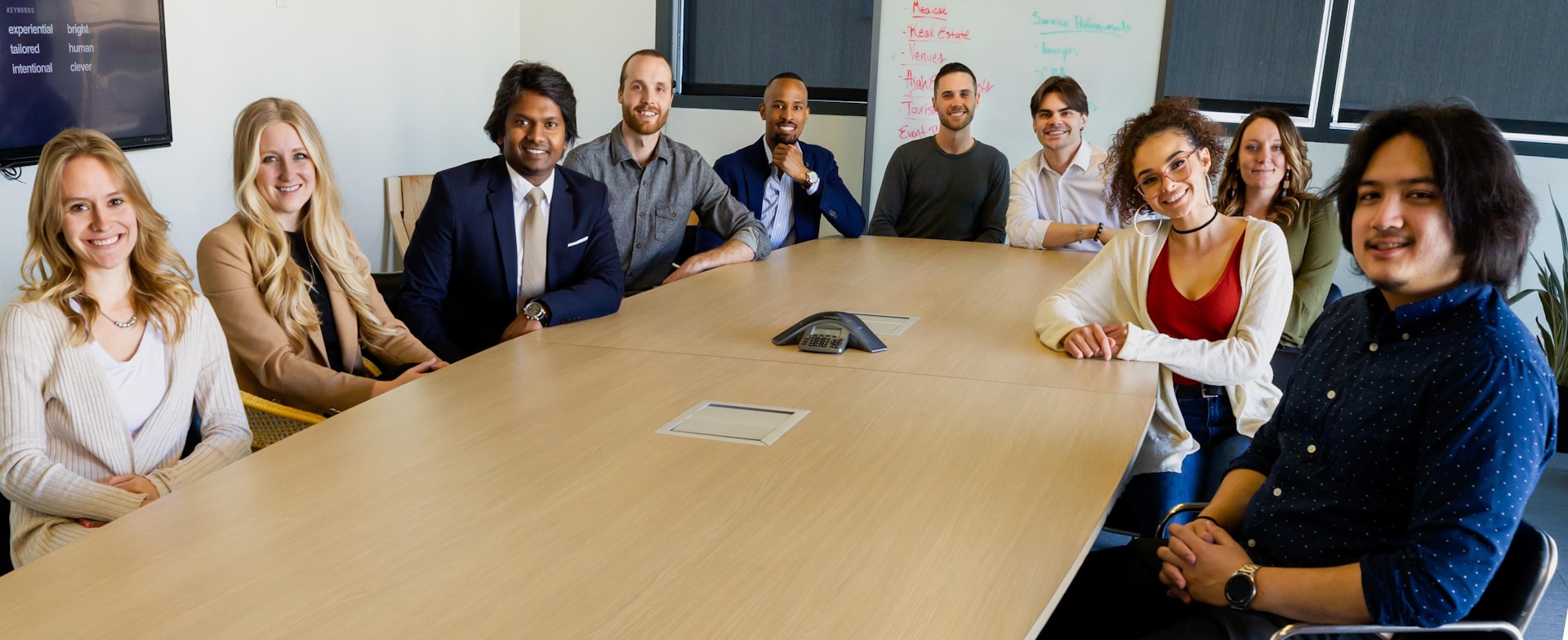
As the holidays approach, nonprofits enter one of the most crucial times of the year for fundraising. The last quarter accounts for a significant portion of annual donations, with December alone often contributing up to30% of a nonprofit’s fundraising revenue. To make the most of this season of generosity, nonprofits must strategically engage their donors and leverage key opportunities like GivingTuesday. Here’s how your organization can maximize its impact during the holidays.

As the dust settles from the 2024 election, nonprofits across the nation are evaluating how political shifts may affect their missions, funding, and overall strategies. The intersection of election outcomes and year-end giving creates both challenges and opportunities for organizations to align with donor priorities and maximize impact. Here are strategies to help nonprofits thrive in this dynamic environment as the calendar year comes to a close.
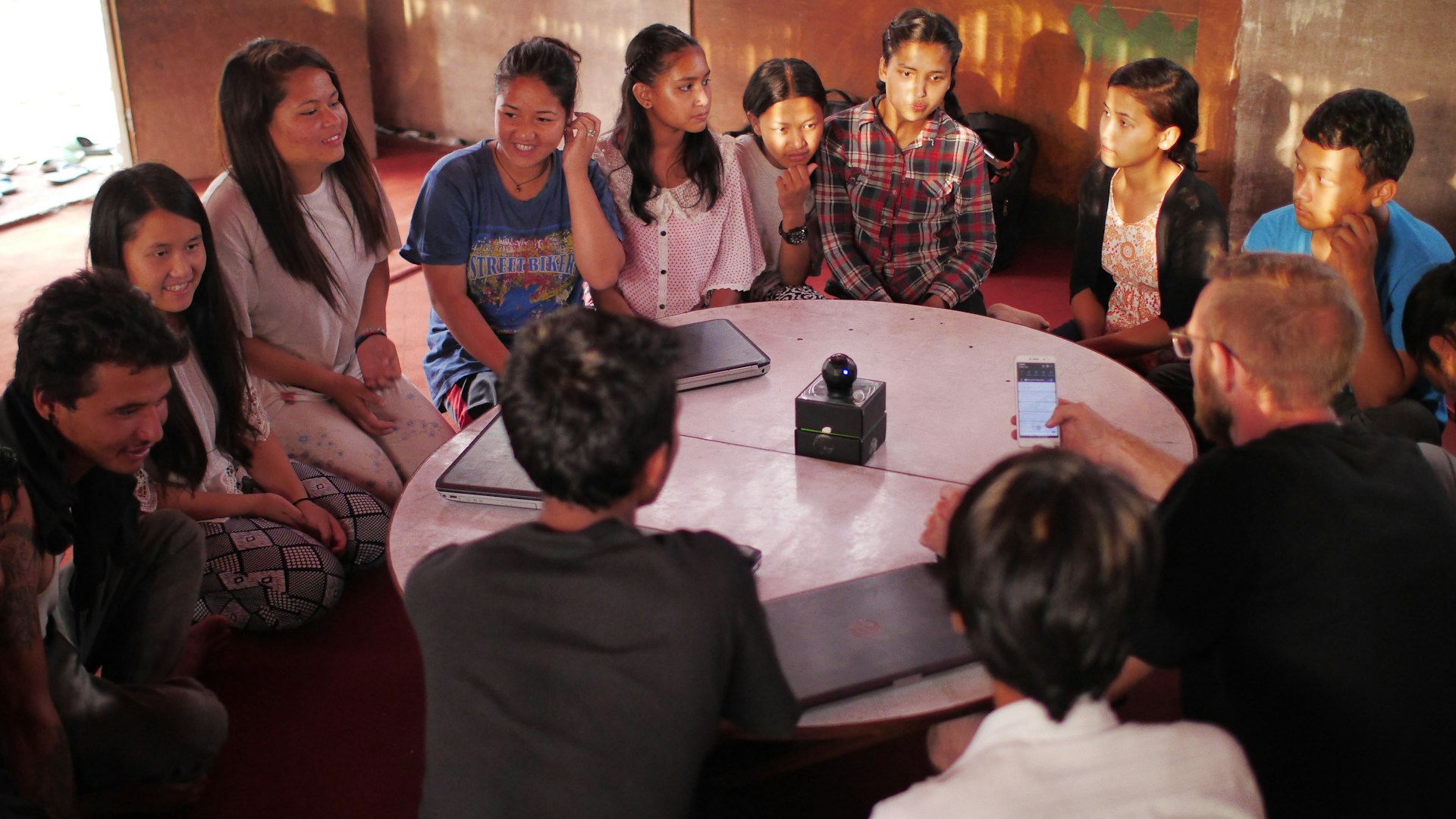
For many nonprofits, the marketing budget is often the first thing to get slashed. Whether you’re a small community organization or a growing nonprofit, it’s easy to feel like you’re at a disadvantage when competing for attention with larger, well-funded campaigns. However, the truth is, you don’t need a huge marketing budget to make a big impact. With a little creativity, smart strategies, and a focus on what truly matters, your nonprofit can build brand awareness, engage supporters, and drive results—without breaking the bank.

The 2024 election is upon us, and I hope you and your nonprofit organizations have taken advantage of this critical opportunity to engage with their communities, address pressing concerns, and enhance civic participation. However, it's essential to navigate the fine line between advocacy and electioneering. By focusing on community needs and fostering collaborations, nonprofits can play a vital role in promoting informed voter engagement without crossing legal boundaries.
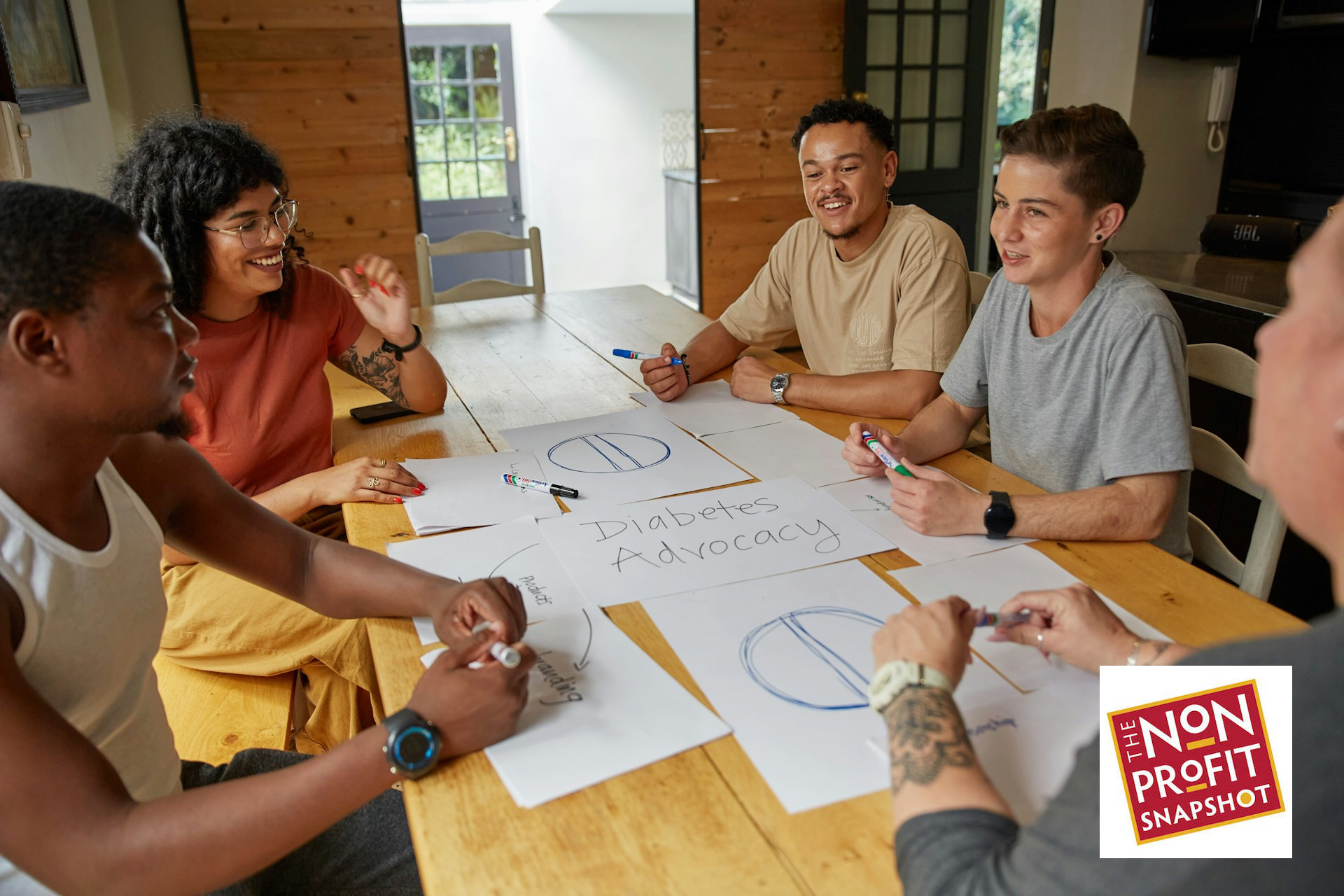
Measuring the impact of programs and initiatives is crucial for nonprofits seeking to demonstrate effectiveness, attract funding, and make informed decisions. Effective impact measurement not only showcases success but also helps organizations learn, grow, and refine their strategies. Here’s a comprehensive look at various techniques and tools that nonprofits can utilize to measure their impact.

In today’s rapidly evolving social landscape, the role of volunteers within organizations has never been more crucial. Agencies that harness the potential of volunteers not only benefit from additional manpower but also foster a community spirit that can drive significant social change. Central to this endeavor is the goal of achieving a sense of volunteer connectedness—a feeling of belonging and engagement that encourages volunteers to invest their time and skills. This blog post will explore how agencies can effectively cultivate this connectedness through thoughtful strategies and tailored tools.
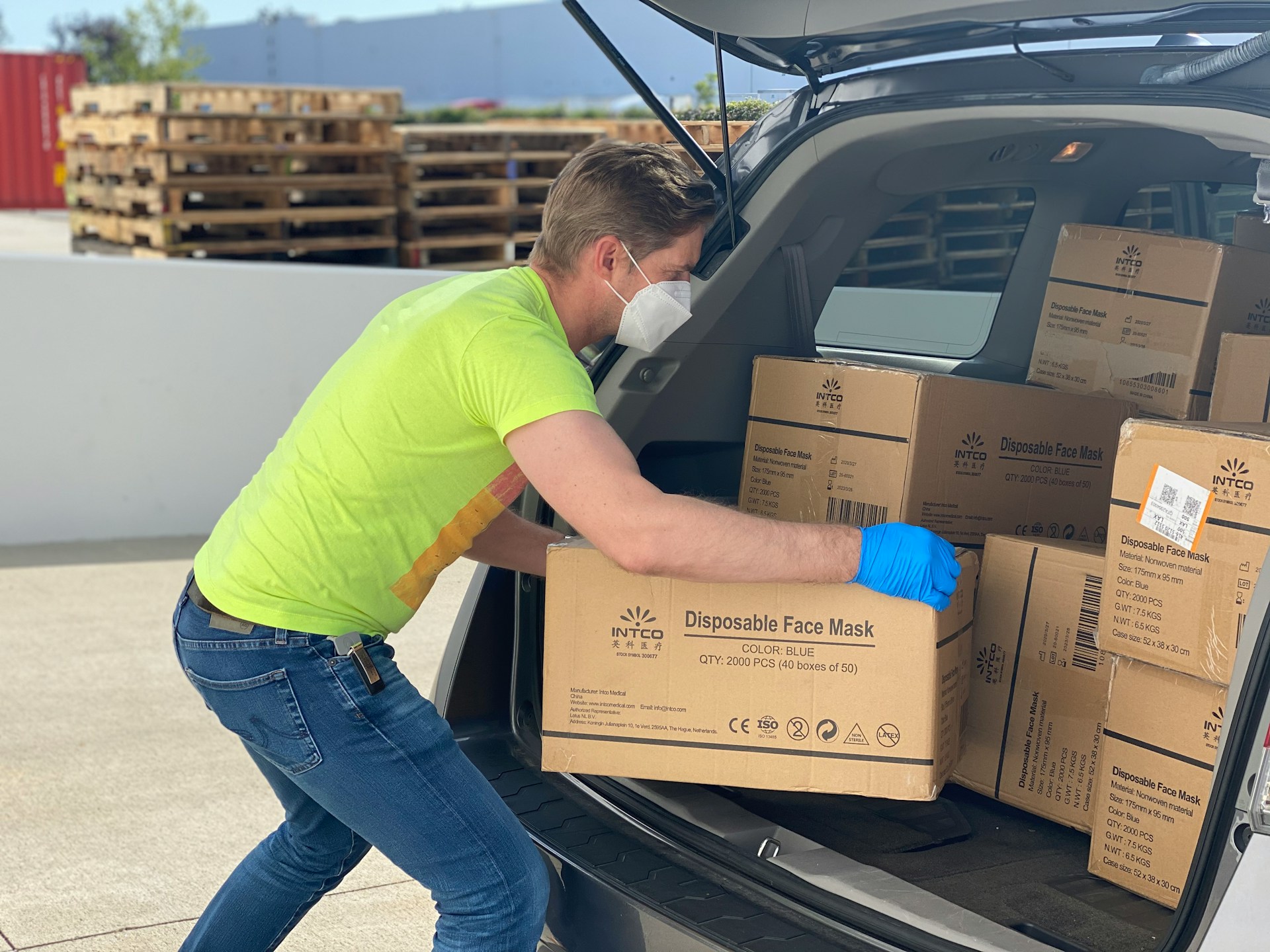
We’ve recently been talking about this topic quite a bit in a few recent episodes of the Nonprofit SnapCast. Nonprofits play a crucial role in shaping public policy and advocating for social change. With their unique perspectives and expertise, they can drive meaningful conversations and influence decision-makers at local, state, and national levels. Here’s how nonprofits can effectively engage in advocacy and make a significant impact.

In the nonprofit sector, staff are often the most vital asset. Their dedication, skills, and effectiveness can significantly influence the organization’s impact and success. However, understanding and measuring staff strength can be complex. This guide will explore various dimensions and metrics for measuring nonprofit staff strength to help you build a more effective and resilient team.





